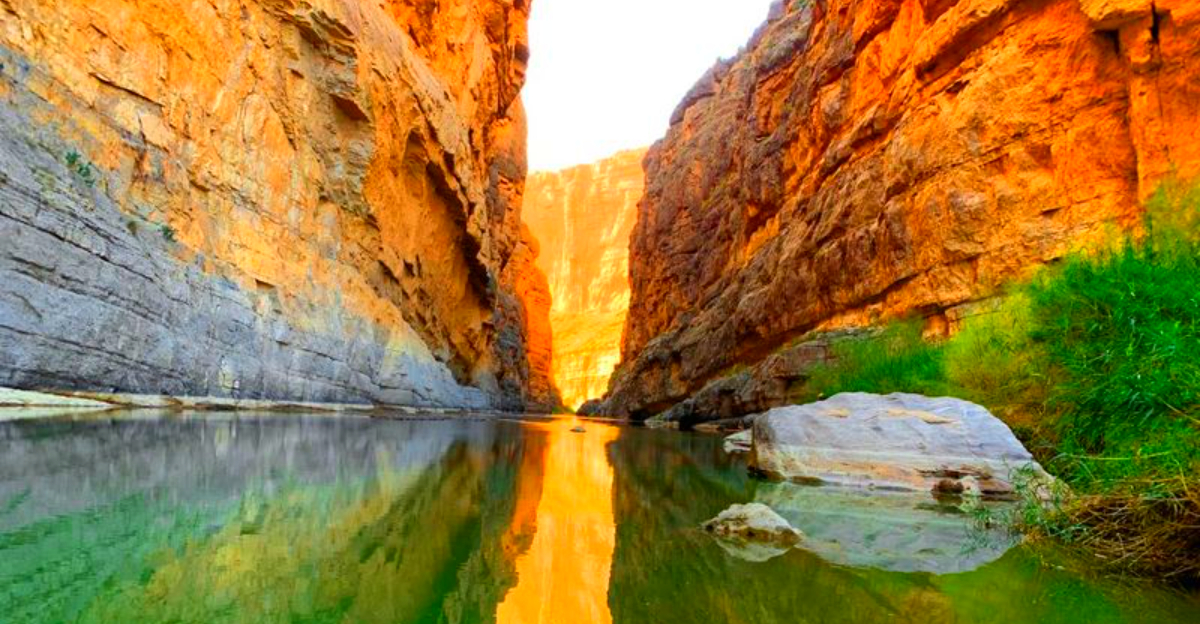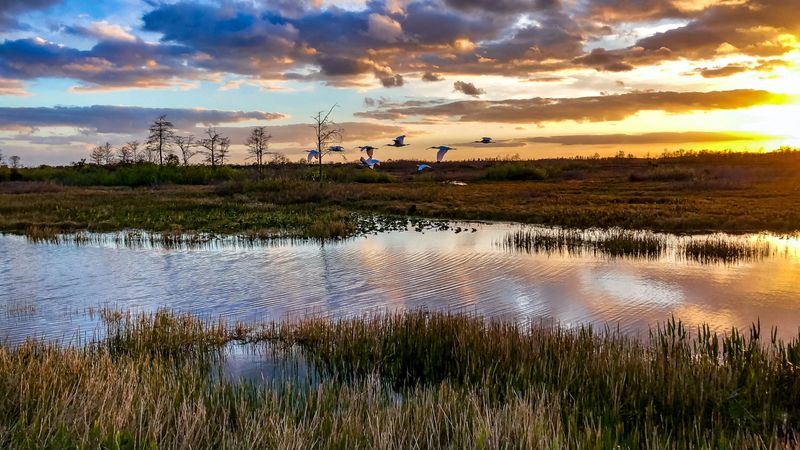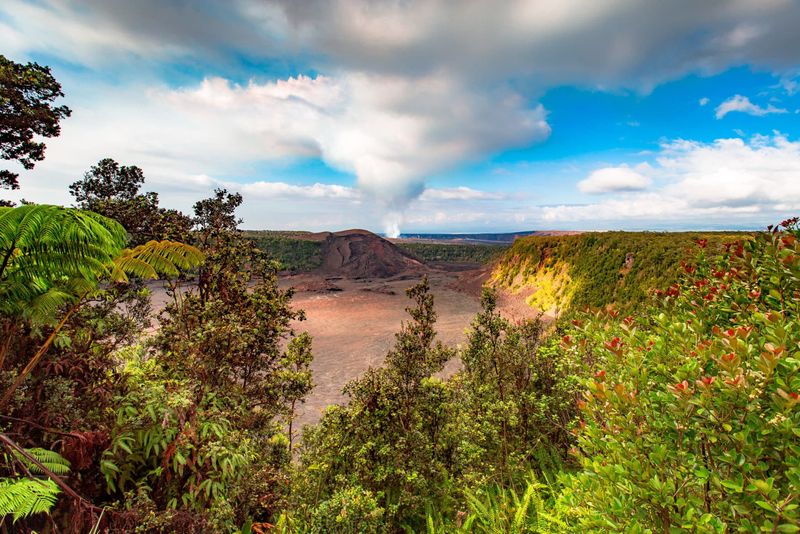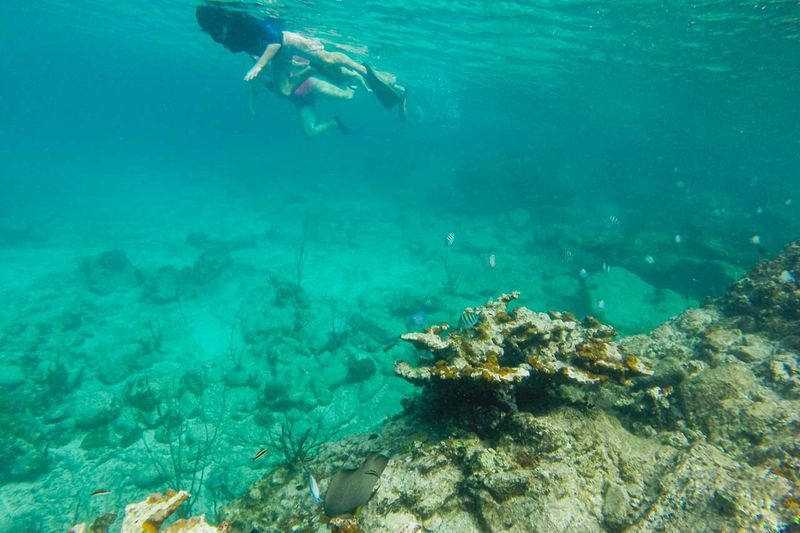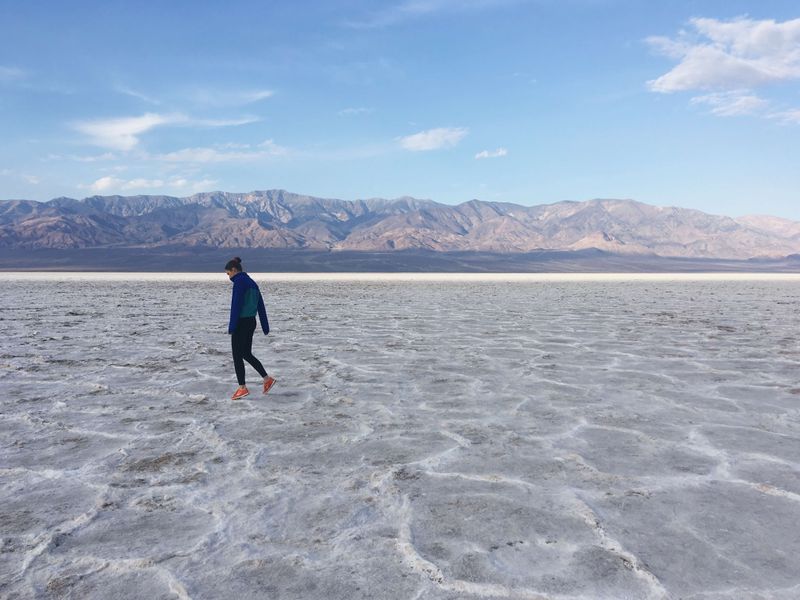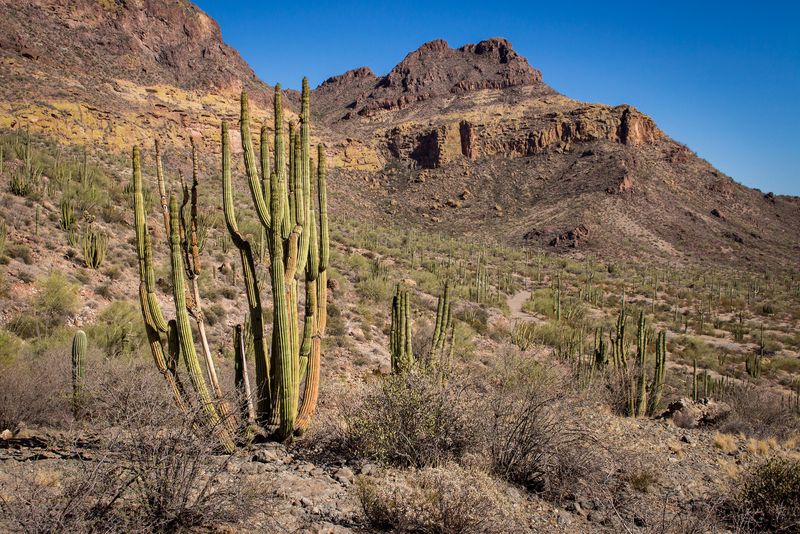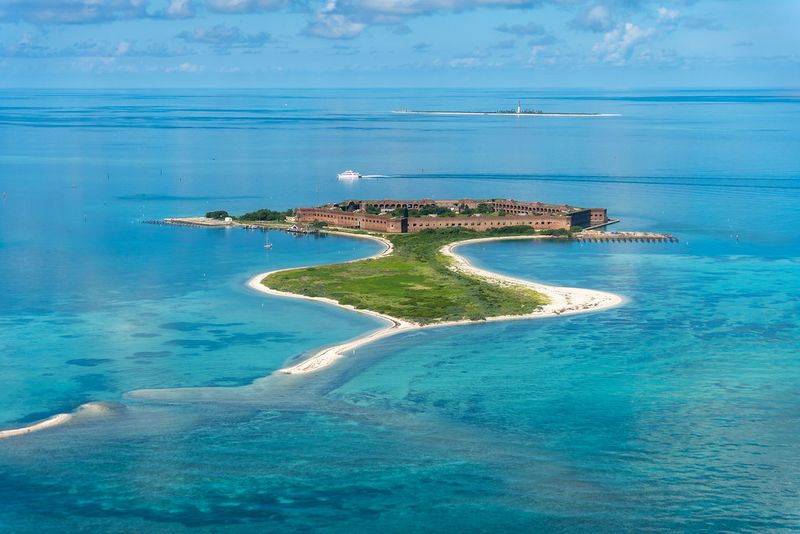When icy forecasts dominate the news, these sun-kissed parks quietly hit their stride. Rangers say winter brings the best mix of mild temperatures, sapphire skies, and abundant wildlife – minus peak-season congestion. If you’ve been craving shorts-weather trails, glowing desert sunsets, or Caribbean-blue snorkeling, this is your moment. Pack light layers, bring your sense of wonder, and discover nine national treasures that feel like a warm-weather secret all winter long.
1. Everglades National Park – Florida
Winter in the Everglades is a revelation: drier air, bright skies, and a wildlife parade at every turn. With average highs in the upper 70s, you’ll glide through sawgrass prairies, scan mangrove edges for manatees, and watch alligators bask along Shark Valley’s tram road. Birdlife explodes – roseate spoonbills, anhingas, and herons crowd shallow sloughs. Mosquitoes take a seasonal hiatus, making boardwalks and canoe trails blissfully comfortable. Rangers recommend sunrise at Pa-hay-okee Overlook and late-day light at Flamingo. Kayakers love calm backcountry creeks, while photographers chase mirror-like reflections. Come for balmy temps; stay for unforgettable, technicolor biodiversity.
2. Hawaiʻi Volcanoes National Park – Hawaiʻi (Big Island)
Warm, trade-wind days in the low 70s make winter ideal for exploring lava landscapes without oppressive heat. Most visitors linger near coastal and mid-elevation zones, where steam vents plume and recent flows ripple like black glass. Hike Kīlauea Iki, peer into craters, and scout for night skies unmarred by summer vog. Between storms, visibility can be exceptional, revealing sea cliffs and native forest. Rangers advise checking eruption updates, then timing sunset along Crater Rim overlooks. Bring layers – elevations shift quickly – and sturdy footwear for a’a and pāhoehoe textures. Winter here means comfortable exploration and dramatic volcanic theater.
3. Virgin Islands National Park – U.S. Virgin Islands (St. John)
Winter settles into a blissful groove around the low 80s, with crystalline water and steady breezes. Powdery beaches like Trunk Bay and Cinnamon Bay frame effortless snorkeling over coral gardens frequented by sea turtles and rays. Trails such as Reef Bay offer tropical shade and petroglyphs, while roadside overlooks pop with turquoise gradients. Drier air boosts underwater visibility and comfort on boat days. Rangers recommend early-morning swims, reef-safe sunscreen, and mindful anchoring to protect coral. After golden hours, island rhythms take over – think grilled seafood and stargazing. It’s the Caribbean at its softest, sunniest, most welcoming.
4. Saguaro National Park – Arizona
In winter, the Sonoran Desert breathes easy: sun-warmed afternoons in the mid-60s, cool nights, and long, golden light. Trails through giant saguaro forests – Douglas Spring, King Canyon, and Garwood – invite unhurried exploration. Photographers chase dramatic shadows on ribbed cacti and pastel sunsets over the Tucson Mountains. Clear air sharpens views of snow-dusted peaks far beyond the cacti. Rangers suggest starting early, carrying water, and respecting cryptobiotic soils off-trail. Mild temperatures make wildlife sightings more common – Gila woodpeckers, cactus wrens, and javelina. If you’ve dreamed of walking among living desert skyscrapers, winter provides perfect comfort and luminous color.
5. Big Bend National Park – Texas
Big Bend’s winter sweet spot pairs mid-60s days with cool, star-splashed nights in certified dark skies. The Rio Grande carves canyons that glow at low sun – Santa Elena and Boquillas are standouts. Hike the Window Trail, drive Ross Maxwell Scenic Road, and soak at historic hot springs when afternoons are warm. With fewer crowds, birding along riparian corridors excels. Rangers advise layering for elevation shifts between desert basins and the Chisos. Clear air yields far-reaching vistas over badlands, mesas, and craggy ridgelines. Come winter, Big Bend is comfort-forward, photogenic, and quietly epic across vast, wild space.
6. Death Valley National Park – California & Nevada
Winter transforms the hottest place in North America into a pleasantly warm playground, with highs around the upper 60s. It’s the perfect time to wander Mesquite Flat Sand Dunes, descend Golden Canyon, and stride across Badwater Basin’s polygonal salt. Crisp air enhances pastel dawns at Zabriskie Point and sunsets from Dante’s View. Rangers recommend extra water even in winter, plus sun protection – the desert still zaps moisture. Fewer heat risks mean longer, safer itineraries. With iconic geology unveiled minus the furnace, every trail and overlook becomes more inviting, more photogenic, and wonderfully within reach.
7. Organ Pipe Cactus National Monument – Arizona
Tucked along the Mexican border, Organ Pipe greets winter with sunlit days near 70°F and big desert skies. Scenic loops – Ajo Mountain Drive and Puerto Blanco – reveal forests of organ pipe and saguaro, plus volcanic outcrops and natural arches. Trails stay comfortable, making birdwatching and quiet canyon rambles especially rewarding. Rangers emphasize desert safety, hydration, and Leave No Trace. Sunset gilds branching cacti into sculptural silhouettes, and night brings dazzling stars. This under-the-radar unit nails the warm-winter brief: solitude, saturated color, and serene hiking without the scorch. Come for the sunshine; stay for the soul-settling silence.
8. Biscayne National Park – Florida
With upper-70s highs and gentle breezes, Biscayne shines in winter’s calm, clear conditions. Because 95% of the park is water, the season favors boating, snorkeling shipwrecks along the Maritime Heritage Trail, and paddling mangrove-fringed lagoons. Coral visibility often improves with drier air and steadier seas. Rangers advise watching marine forecasts and booking guided trips to reefs and keys. Expect manatees near marinas, rays gliding over seagrass, and pelicans cruising glassy channels. Comfortable temps make full-day adventures delightful – sun protection remains essential. For warm winter color, Biscayne’s underwater world steals the show.
9. Dry Tortugas National Park – Florida
Remote and radiant, Dry Tortugas holds mid-70s warmth, steady breezes, and exceptional winter water clarity. Arrive by ferry or seaplane from Key West to explore monumental Fort Jefferson, white-sand beaches, and vibrant reefs teeming with sergeant majors and parrotfish. Calm periods invite effortless snorkeling around the Moat Wall and Garden Key. Rangers recommend reserving transport early and packing reef-safe sunscreen. Birdlife frequents the fort’s ramparts, while sunsets pour molten gold across the Gulf. It’s a rare tropical-feel national park experience – quiet, sun-splashed, and unforgettable in winter’s most comfortable window.
